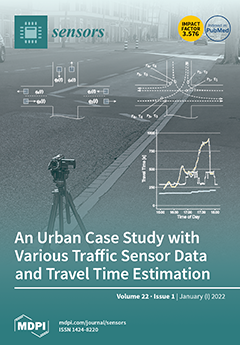Background: A stroke often bequeaths surviving patients with impaired neuromusculoskeletal systems subjecting them to increased risk of injury (e.g., due to falls) even during activities of daily living. The risk of injuries to such individuals can be related to alterations in their movement.
[...] Read more.
Background: A stroke often bequeaths surviving patients with impaired neuromusculoskeletal systems subjecting them to increased risk of injury (e.g., due to falls) even during activities of daily living. The risk of injuries to such individuals can be related to alterations in their movement. Using inertial sensors to record the digital biomarkers during turning could reveal the relevant turning alterations. Objectives: In this study, movement alterations in stroke survivors (SS) were studied and compared to healthy individuals (HI) in the entire turning task due to its requirement of synergistic application of multiple bodily systems. Methods: The motion of 28 participants (14 SS, 14 HI) during turning was captured using a set of four Inertial Measurement Units, placed on their sternum, sacrum, and both shanks. The motion signals were segmented using the temporal and spatial segmentation of the data from the leading and trailing shanks. Several kinematic parameters, including the range of motion and angular velocity of the four body segments, turning time, the number of cycles involved in the turning task, and portion of the stance phase while turning, were extracted for each participant. Results: The results of temporal processing of the data and comparison between the SS and HI showed that SS had more cycles involved in turning, turn duration, stance phase, range of motion in flexion–extension, and lateral bending for sternum and sacrum (
p-value < 0.035). However, HI exhibited larger angular velocity in flexion–extension for all four segments. The results of the spatial processing, in agreement with the prior method, showed no difference between the range of motion in flexion–extension of both shanks (
p-value > 0.08). However, it revealed that the angular velocity of the shanks of leading and trailing legs in the direction of turn was more extensive in the HI (
p-value < 0.01). Conclusions: The changes in upper/lower body segments of SS could be adequately identified and quantified by IMU sensors. The identified kinematic changes in SS, such as the lower flexion–extension angular velocity of the four body segments and larger lateral bending range of motion in sternum and sacrum compared to HI in turning, could be due to the lack of proper core stability and effect of turning on vestibular system of the participants. This research could facilitate the development of a targeted and efficient rehabilitation program focusing on the affected aspects of turning movement for the stroke community.
Full article






